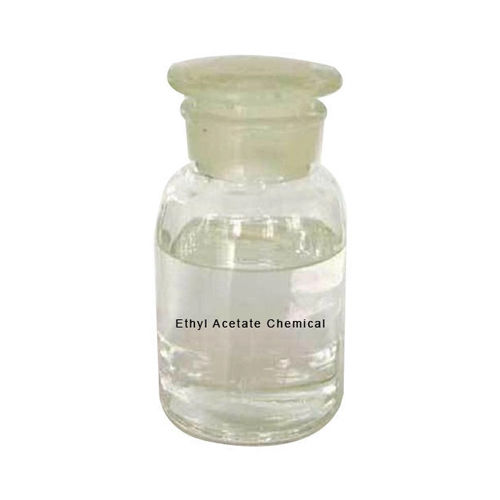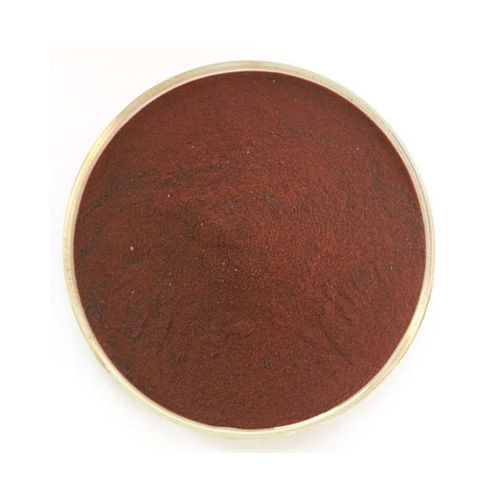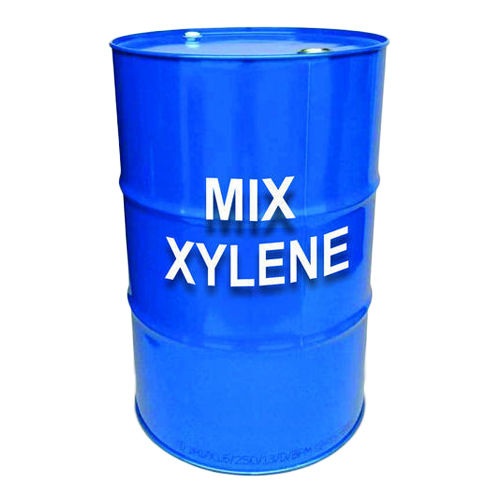Mon-Sat:10.00am to 7.00pm
Mon-Sat:10.00am to 7.00pm
Calcium Chloride Powder
Product Details:
Calcium Chloride Powder Price And Quantity
- 85.00 - 110.00 INR/Kilograms
- 20000 Kilograms
- 90 INR/Kilograms
Calcium Chloride Powder Trade Information
- 10000 Kilograms Per Week
- 1 Week
- Asia Australia Central America North America South America Eastern Europe Western Europe Middle East Africa
- South India Arunachal Pradesh Central India Rajasthan North India Odisha East India Nagaland Jharkhand Mizoram Delhi Uttar Pradesh Sikkim Pondicherry Chandigarh Andaman and Nicobar Islands Jammu and Kashmir Haryana Daman and Diu Maharashtra Tamil Nadu West Bengal Telangana Gujarat Karnataka Assam Goa Uttarakhand Kerala Dadra and Nagar Haveli Bihar Manipur Tripura Meghalaya Madhya Pradesh West India Chhattisgarh Punjab Himachal Pradesh Andhra Pradesh Lakshadweep All India
Product Description
Calcium chloride powder can be produced by reacting calcium carbonate or calcium hydroxide with hydrochloric acid. It is also produced as a byproduct of the Solvay process, which is used to manufacture sodium carbonate.
FAQ
1. What function does calcium chloride powder serve?
Ans - Calcium chloride is frequently used in food, as an absorbing ingredient in desiccants, and for de-icing or dust control. Throughout much of the world, calcium chloride is obtained from limestone as a by-product of the Solvay process. Furthermore, brine purification can be used to produce calcium chloride.
2. What safety measures apply to calcium chloride?
Ans - Use safety glasses, a synthetic apron, and gloves to safeguard yourself from potential risks when handling calcium chloride at work. Wherever this chemical is present, make sure there are eyewash stations and washing facilities nearby.
3. How dangerous is calcium chloride?
Ans - The material is damaging to the eyes. The ingredient is extremely irritating to the skin, upper respiratory system, and digestive system. When airborne particles are spread out, a dangerous concentration might be reached fast. Dermatitis may result from repeated or prolonged contact with skin.
4. How acidic is calcium chloride?
Ans - According to USP testing, calcium chloride injection has a pH of 6.3 when made into a 5% solution and diluted with water for injection (5.5 to 7.5).

 English
English Spanish
Spanish French
French German
German Italian
Italian Chinese (Simplified)
Chinese (Simplified) Japanese
Japanese Korean
Korean Arabic
Arabic Portuguese
Portuguese




